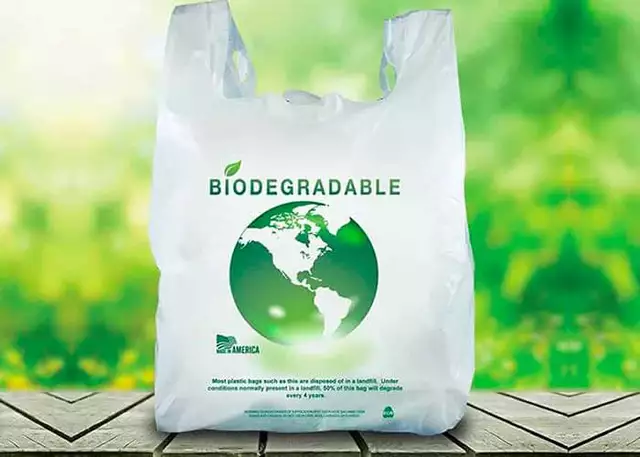Parents Guide: Real Help for Everyday Kids' Health
When you’re a parent, the Parents Guide, a collection of practical advice on child health, safety, and everyday challenges. Also known as parenting handbook, it helps you navigate everything from teething to medication choices.
The first big hurdle many moms and dads face is teething, the process when a baby's first teeth break through the gums. It hurts, it cries, and the sleepless nights feel endless. Knowing which remedies are safe and which are just hype can turn chaos into comfort. Parents Guide shows you which gels, chilled toys, or simple massage moves actually calm the pain without risking an allergic reaction.
Once the teeth start, baby oral health, the practice of keeping infants' mouths clean and decay‑free becomes a daily habit. Learning how to brush effectively, when to start flossing, and which fluoride‑free pastes work best can prevent costly dentist visits later. The guide walks you through practical steps you can do while the baby’s still gurgling.
Healthy gums are only part of the picture; a strong skin barrier, the outer layer that keeps moisture in and irritants out shields kids from rashes and infections. Understanding how lipids, ceramides, and everyday moisturizers interact lets you pick products that truly lock in moisture. The guide also highlights simple habits—short baths, gentle pat‑drying, and breathable clothing—that keep the barrier intact.
What keeps the skin barrier strong? Good child nutrition, a diet rich in fiber, healthy fats and vitamins. Fiber not only supports digestion but also feeds beneficial gut bacteria that influence skin health. By swapping sugary snacks for oatmeal, apples, or beans, you feed both the gut and the skin, reducing inflammation and rash risk.
Nutrition and skin health tie directly into medication safety, the process of choosing, dosing, and monitoring medicines for children. Whether you’re buying a cheap generic ibuprofen or a prescription hormone, the guide breaks down how to verify online pharmacies, read labels, and avoid dosage errors that could harm a growing body.
Beyond over‑the‑counter meds, some families need specialist treatments like non‑stimulant ADHD options, such as Strattera, which works differently from traditional stimulants. Understanding when a non‑stimulant is appropriate, what side‑effects to watch for, and how to discuss it with a pediatrician can make a huge difference in a child’s focus and mood.
Even seemingly minor issues like low phosphate can sap a child’s energy. hypophosphatemia, a condition where blood phosphate levels drop too low, often shows up as muscle weakness. Recognizing the signs—tiredness after play, cramping, or slow growth—helps you seek the right labs and treatment before it impacts daily activities.
All these topics—teething, oral care, skin health, nutrition, medication safety, ADHD management, and blood minerals—are woven together in one place. The Parents Guide gives you a clear roadmap, linking each piece so you can see how a balanced diet supports a strong skin barrier, which in turn makes medication absorption smoother, and how safe medication choices protect growing bodies.
What You’ll Find in This Guide
Below you’ll discover articles that break down each subject with step‑by‑step tips, product comparisons, and real‑world stories from other parents. Whether you’re looking for quick teething relief, a deep dive into safe online pharmacy practices, or ways to boost your child’s fiber intake, the collection offers concise, evidence‑based answers you can trust.
Ready to explore the full set of resources? Scroll down to see each detailed post, pick the ones that match your current concern, and start applying the advice today.

Food Allergy Guide for Parents: Managing Symptoms, Treatments & Labeling
- Date: 8 Oct 2025
- Categories:
- Author: David Griffiths
A practical guide for parents on spotting food allergy symptoms, creating emergency plans, using epinephrine injectors, reading labels and staying safe.




